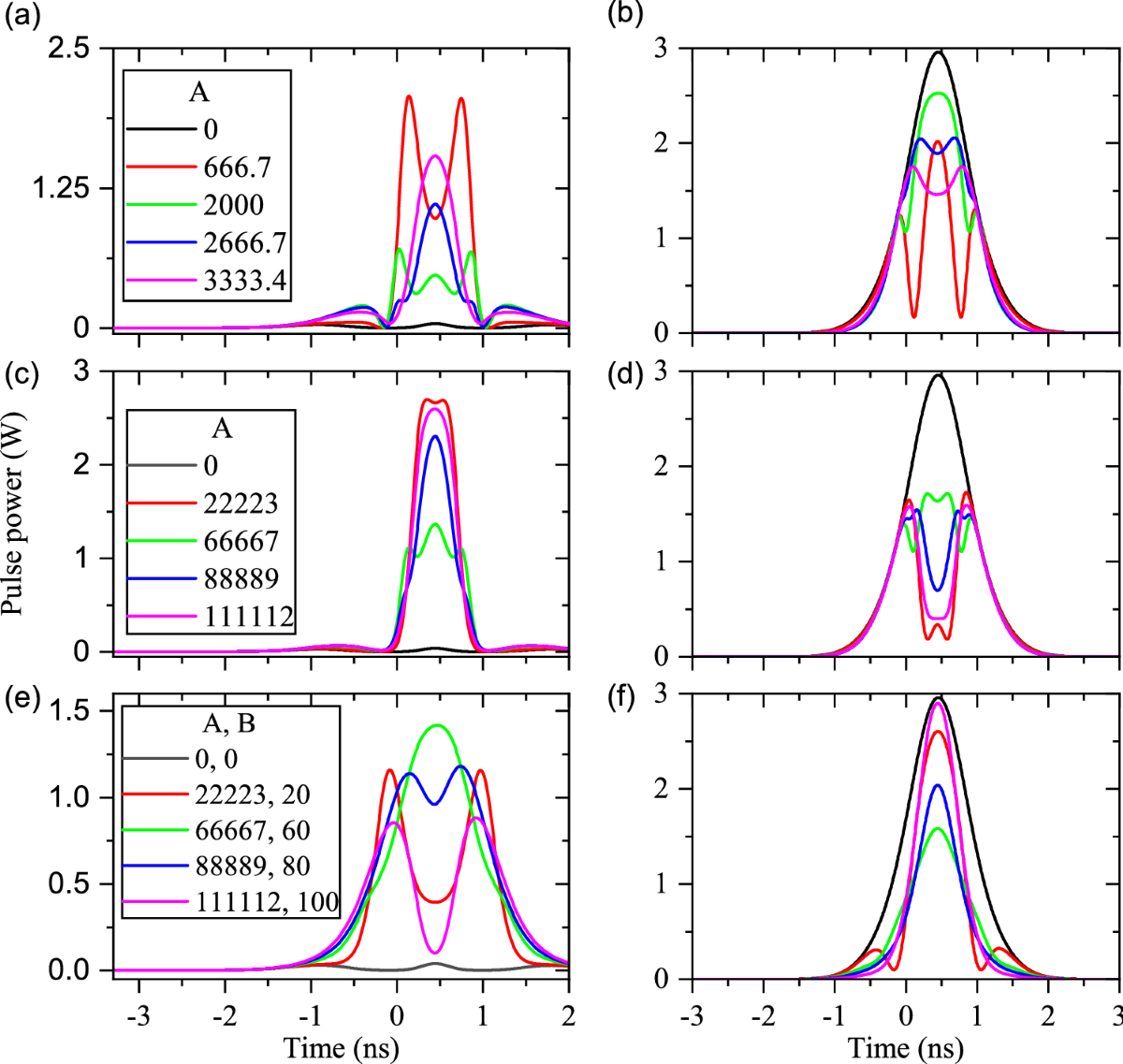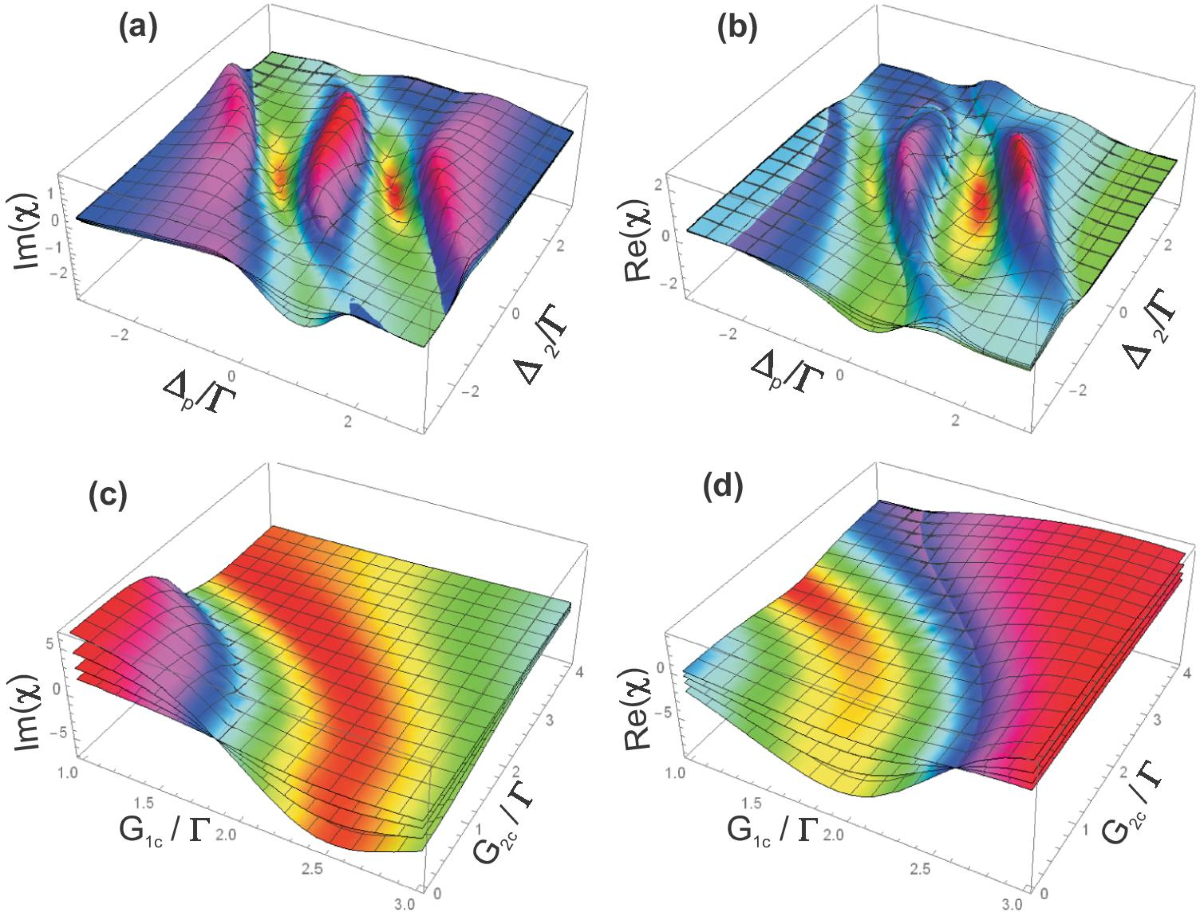Contents

Source: Nature
Understanding Nonlinear Pulse Distortions in Optical Fibers
Introduction to Optical Pulses
Optical pulses, especially ultrashort pulses with durations in the picosecond or femtosecond range, are pivotal in modern photonics. Despite their moderate energy levels, these pulses can achieve high peak powers and intensities, which makes them susceptible to various nonlinear effects during propagation through transparent media like laser crystals and optical fibers.
Nonlinear Effects and Their Consequences
As optical pulses traverse through a medium, they can experience a range of nonlinear distortions. These distortions are primarily due to effects such as self-focusing, self-phase modulation, and stimulated Raman scattering. Understanding these effects is crucial for optimizing fiber optic communications and laser systems.
Spatial Distortions
In homogeneous media, nonlinearities can affect the spatial properties of pulses. Self-focusing is a prominent example, where the pulse intensity causes a refractive index change, acting like a lens. In extreme cases, this can lead to laser-induced breakdown.
Spectral Distortions
Nonlinear effects can also cause significant spectral distortions. For instance, self-phase modulation can broaden and modulate the optical spectrum, altering the pulse’s frequency components. This broadening is often a precursor to other distortions, such as temporal changes due to chromatic dispersion.
Temporal Distortions
The temporal shape of pulses can be affected by nonlinear interactions. Pulses may broaden, become asymmetric, or develop temporal pedestals. In some cases, they may even split into multiple pulses. Such phenomena are observed in higher-order soliton fission during supercontinuum generation.
Simulation and Analysis of Pulse Propagation
Simulating pulse propagation is essential for understanding and predicting pulse behavior in optical systems. By modeling these interactions, researchers can gain insights into pulse evolution within fiber amplifiers and other optical components, allowing for more accurate predictions and optimizations.
Case Study: Raman Scattering in Fiber Amplifiers
Stimulated Raman scattering is a significant nonlinear effect observed in fiber amplifiers. In an ytterbium-doped fiber amplifier, Raman scattering can become prominent, particularly in the final stages of pulse propagation. This effect can be substantial even when input peak powers vary significantly, highlighting the need for careful design and control of optical systems.
Mitigating Nonlinear Distortions
There are several strategies to minimize nonlinear distortions in optical systems. Techniques such as chirped-pulse amplification and divided-pulse amplification can effectively manage pulse distortions, ensuring the integrity and performance of ultrashort pulses in various applications.
Conclusion
Understanding and managing nonlinear pulse distortions are crucial for advancing photonic technologies. By employing sophisticated simulation tools and mitigation techniques, researchers and engineers can enhance the performance and reliability of optical systems, paving the way for future innovations in the field.


Source: link.springer.com
Feel free to comment your thoughts.



